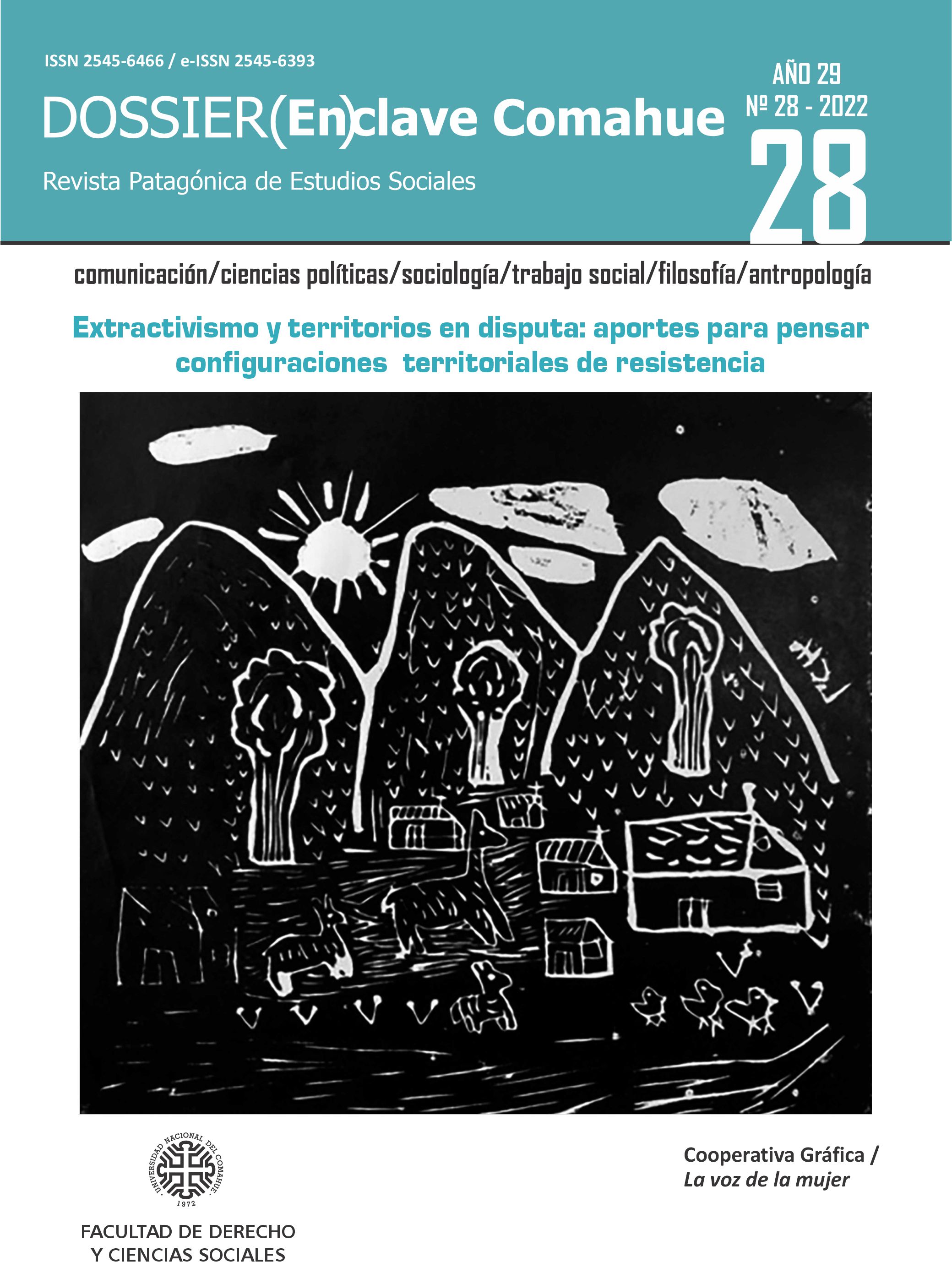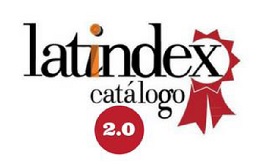Mapping of damage in the andean highlands on lithium mining
Abstract
This article seeks to contribute to the field of critical cartography and political ecology studies. We analyze some transformations in the Andean highlands, where several lithium mining projects are anchored. The objective has been to understand the effects on the territory, the bio-socio-ecosystems, the historical, ancestral, patrimonial and community fabric, the bodies-territories and the publics and imaginaries of subjects that live in Antofagasta de la Sierra, El Peñón, Ciénaga Redonda and the Salar del Hombre Muerto. On the basis of interviews, we systematized the complaints made by the Atacameños del Altiplano community, and later we carried out a "mapping of damage" on chromatic series that allow us to make visible what has been recorded by local residents of the area. Towards the end of the article, we ponder the damage in order to provide a tool for communities in resistance when tactically and discursively replicating the consequences of lithium mining. In an incipient way and in pursuit of future work, we developed the concept of “vibratile mapping” to understand the dynamics that occur in the context of growing conflict over lithium extraction.
usechatgpt init successDownloads
Downloads
Published
Versions
- 2023-05-22 (2)
- 2023-05-19 (1)
How to Cite
Issue
Section
License
Copyright (c) 2023 Débora Cerutti

This work is licensed under a Creative Commons Attribution-NonCommercial-ShareAlike 4.0 International License.
Los autores de los artículos publicados conservan los derechos de autor y garantizan a la revista el derecho a ser la primera publicación. Los autores podrán adoptar otros acuerdos de licencia no exclusiva de distribución de la versión de la obra publicada (p. ej.: depositarla en un repositorio institucional o en sus sitios personales) siempre que se indique la publicación inicial en esta revista.
Los artículos se publican bajo la licencia de Creative Commons Reconocimiento-NoComercial-CompartirIgual 4.0 Internacional, mediante la cual se permite copiar, reproducir, distribuir, comunicar públicamente la obra y generar obras derivadas, siempre y cuando se cite y reconozca al autor original. No se permite utilizar la obra ni sus posibles obras derivadas con fines comerciales.
ACLARACIÓN: En números anteriores al año 2017 se utilizó la licencia Creative Commons BY-NC-ND para la publicación de los artículos.







